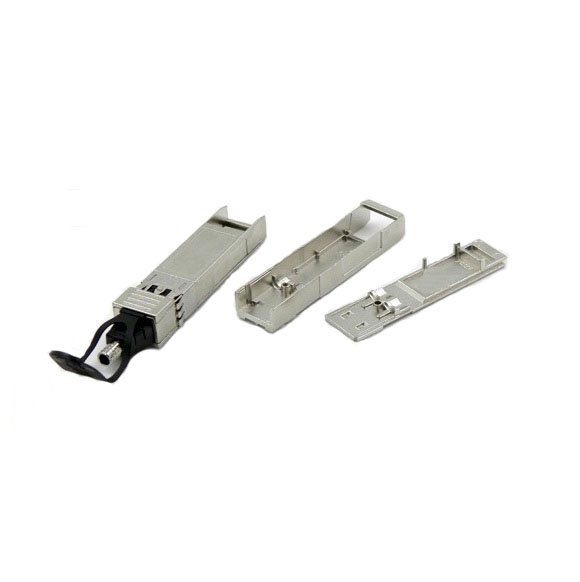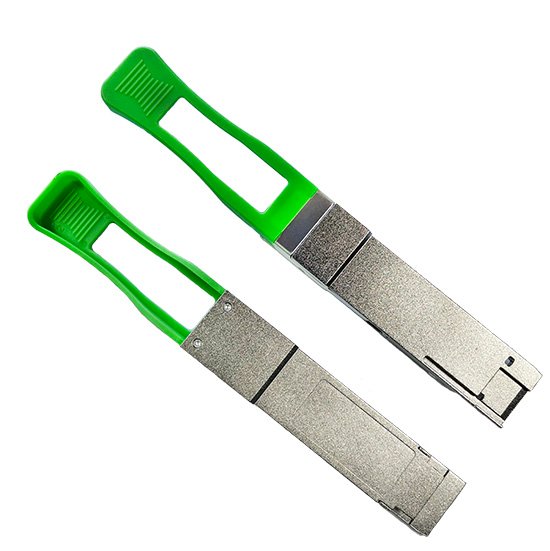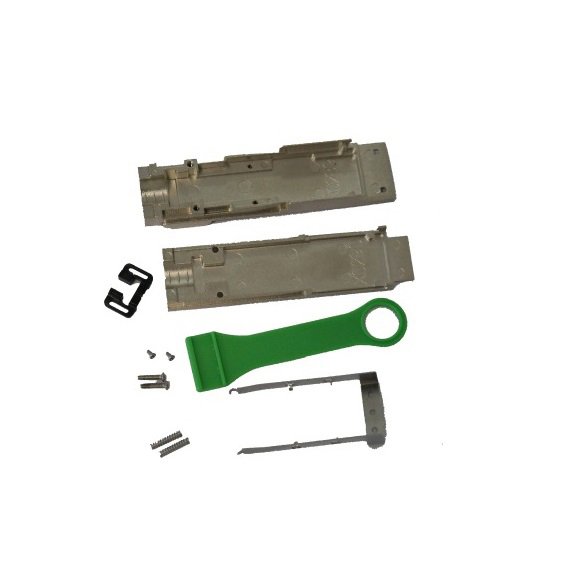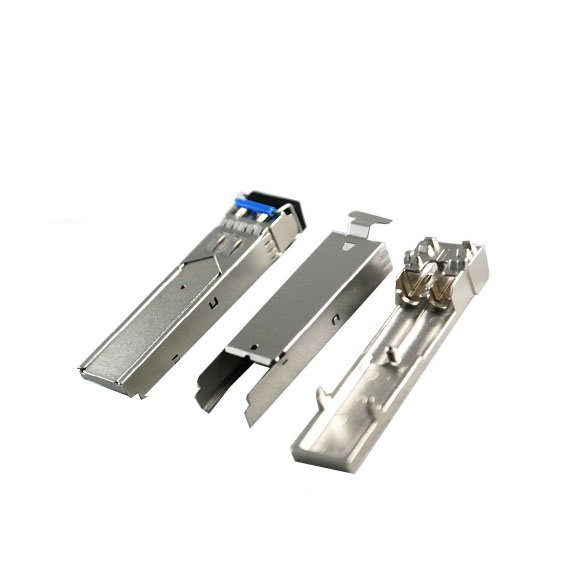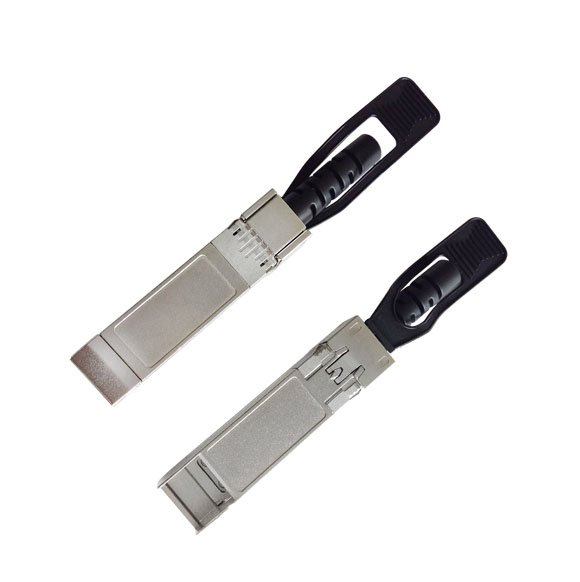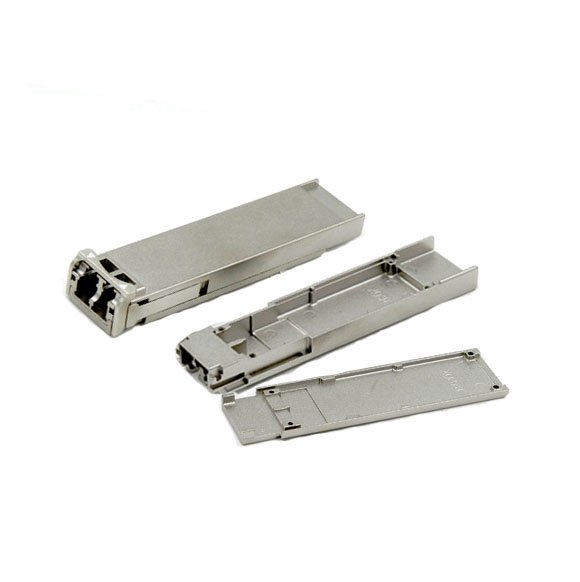The Evolution of Fiber Optic Connectors
Fiber optic connectors have revolutionized the way we transmit data over long distances. These connectors are essential components that enable the seamless transfer of information through optical fibers. Let’s take a closer look at the history and evolution of fiber optic connectors.
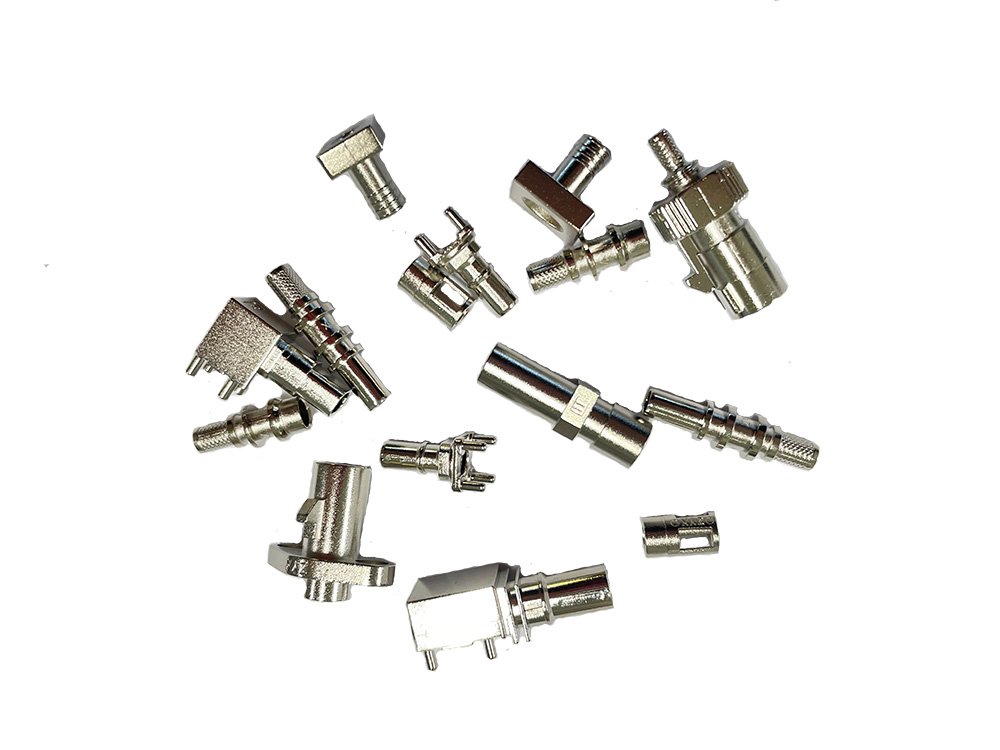
Early Days of Fiber Optics
The concept of using light to transmit data was first proposed in the 19th century. However, it wasn’t until the 1970s that fiber optic cables started gaining popularity. In those early days, connectors were simple and bulky, making them difficult to install and maintain.
Development of Standardized Connectors
As the demand for fiber optic technology grew, the need for standardized connectors became evident. In the 1980s, various industry players collaborated to develop standardized connectors that could be used across different systems and networks. This led to the creation of connectors like the ST, SC, and FC, which are still widely used today.

Advancements in Connector Technology
Over the years, fiber optic connector have undergone significant advancements to improve their performance and usability. One notable development is the introduction of small form-factor connectors like the LC and MPO. These connectors are smaller in size, making them ideal for high-density applications.
Another important advancement is the introduction of angled physical contact (APC) connectors. These connectors feature an angled end-face, which reduces the amount of back-reflected light, resulting in better signal quality.
Furthermore, advancements in connector polishing techniques and materials have also contributed to improved performance and reliability.
The Future of Fiber Optic Connectors
As technology continues to advance, fiber optic connector are expected to evolve further. The demand for higher data rates and increased bandwidth will drive the development of connectors capable of supporting these requirements. Additionally, there will be a focus on improving ease of installation and reducing costs.
In conclusion, fiber optic connector have come a long way since their inception. From simple and bulky designs to standardized connectors and advanced technologies, these connectors have played a crucial role in the success of fiber optic communication. With ongoing advancements, we can expect even more innovative and efficient connectors in the future.

